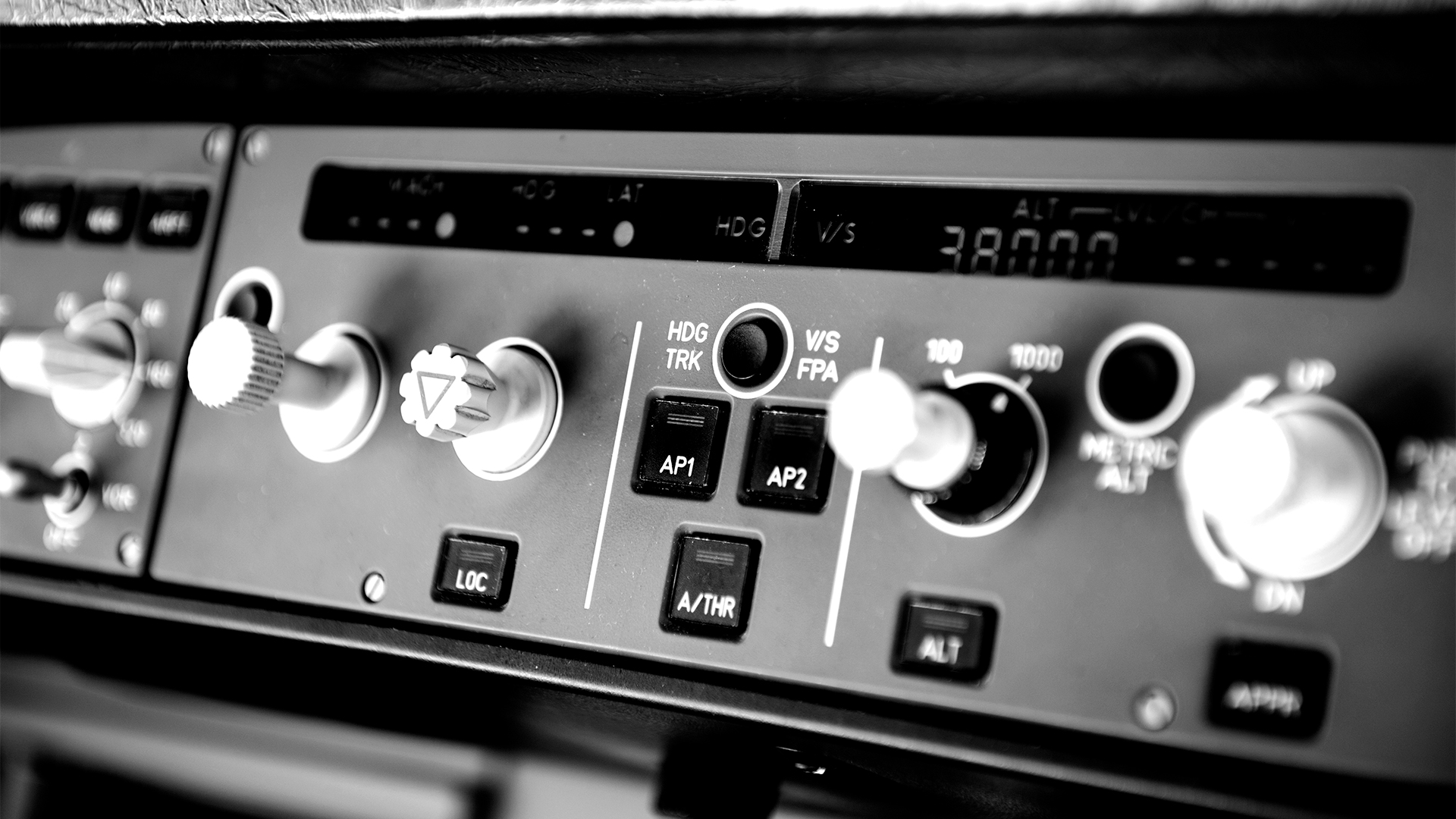

Automated flight control systems have largely been viewed as having a positive effect on safety, and accident rates have improved considerably over the past two decades.
Automatic flight control system software#
The fly-by-wire software contains flight control laws and logic that, in addition to optimizing performance efficiency, protect the aircraft from commanded actions that could put the airplane in an unsafe state. Modern commercial aircraft rely on “fly-by-wire” flight control technologies, under which pilots’ flight control inputs are sent to computers rather than through direct mechanical linkages to flight control systems. As aircraft systems have evolved over the past three decades to incorporate new technologies, Congress has mandated FAA to streamline certification processes, with the primary motivation being to facilitate the development of new safety-enhancing technologies. These crashes have directed attention to Federal Aviation Administration (FAA) oversight of aircraft type certification and pilot training practices for transport category aircraft, particularly as they pertain to complex automated flight control systems. Despite significant commercial aviation safety improvements over the past two decades, flight control automation and aircraft complexity have been cited as contributing factors in a number of major airline accidents, including two high-profile crashes overseas involving the recently introduced Boeing 737 Max variant in 20. SIMULINK is used to implement Flight path control systems as they are important to form the outermost loop of an integrated AFCS.The increasing complexity and automation of flight control systems pose a challenge to federal policy regarding aircraft certification and pilot training. Also this paper relates to particular modes of an AFCS, being concerned with Flight path control systems which has been implemented for the reference aircraft CHARLIE (a very large, four-engine passenger jet aircraft) at different flight conditions. This paper being firmly based upon time-domain methods, presents modern methods of control theory, particularly the use of state equations which is a natural and effective technique and harmonizes with the mathematical description of the aircraft dynamics that are most completely and conveniently expressed in terms of a state and an output equation. These approximations are linear as well as sufficient such systems can be regarded as members of the class of flight path control systems, and has been treated intensively in this paper. Path variables, such as heading and pressure altitude, need to be measured in the aircraft in considering their control in a treatment of flight control. Whenever a conventional aircraft is to be controlled, pilot can command rates of rotation in any or all of three axes: pitch, roll and yaw.

There are a number of flight missions which require that an aircraft be made to follow, with great precision, some specially defined path. Insight into the knowledge of Automatic Flight Control Systems gives an understanding of the basic problem of controlling the aircraft's flight, and enhances its ability to assess the solutions to the problems which are generally proposed.


 0 kommentar(er)
0 kommentar(er)
